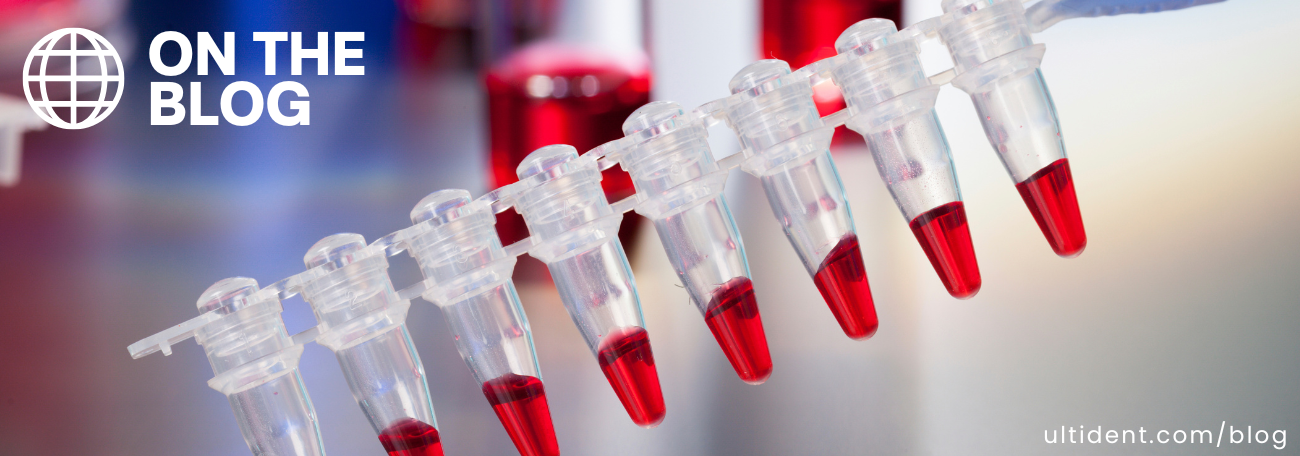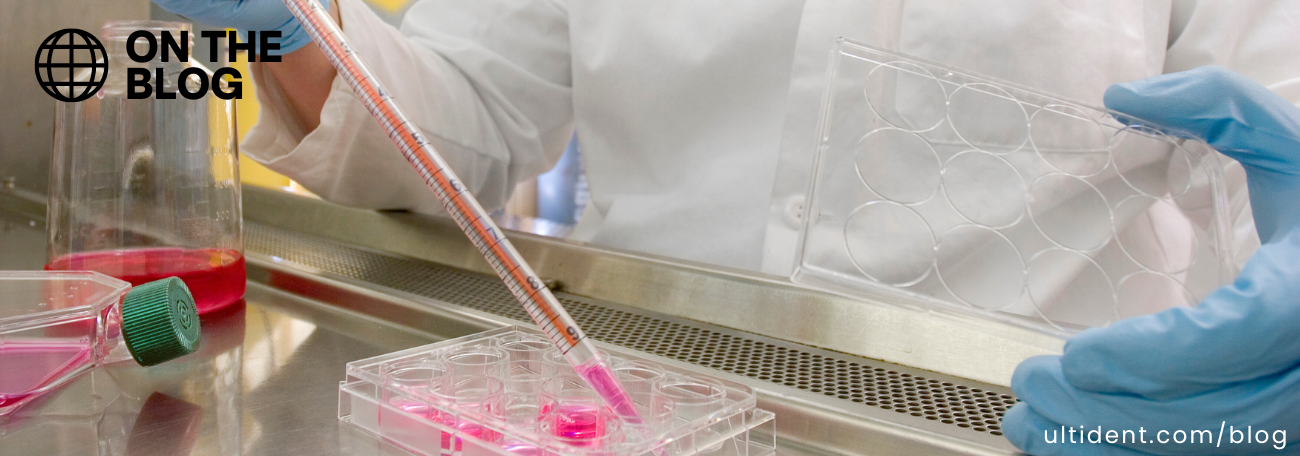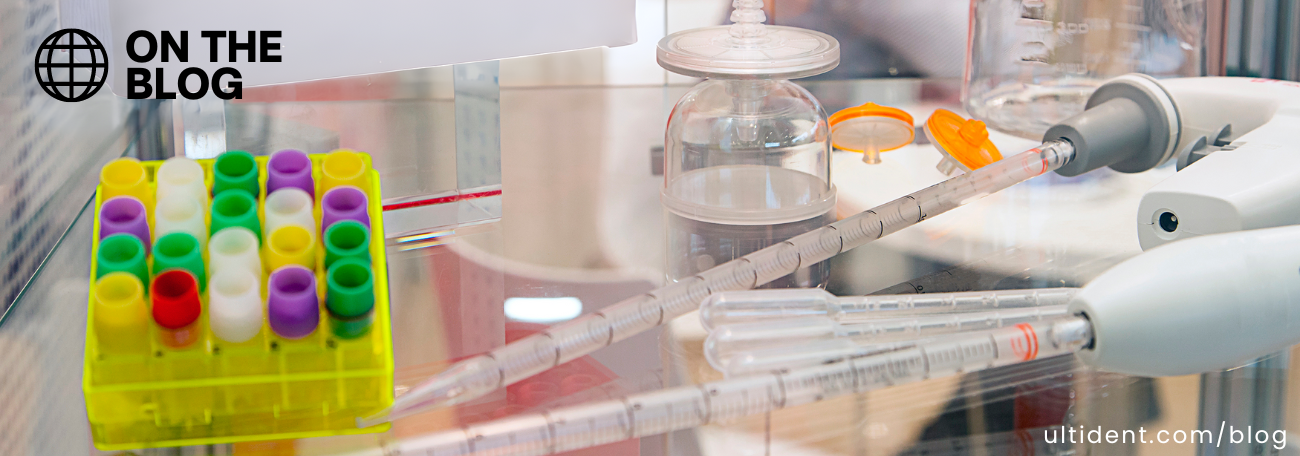Exploring the Future of Cell Culture with 3D, Lab-on-a-Chip, and Organ-on-a-Chip Technologies
Exploring the Future of Cell Culture with 3D, Lab-on-a-Chip, and Organ-on-a-Chip Technologies
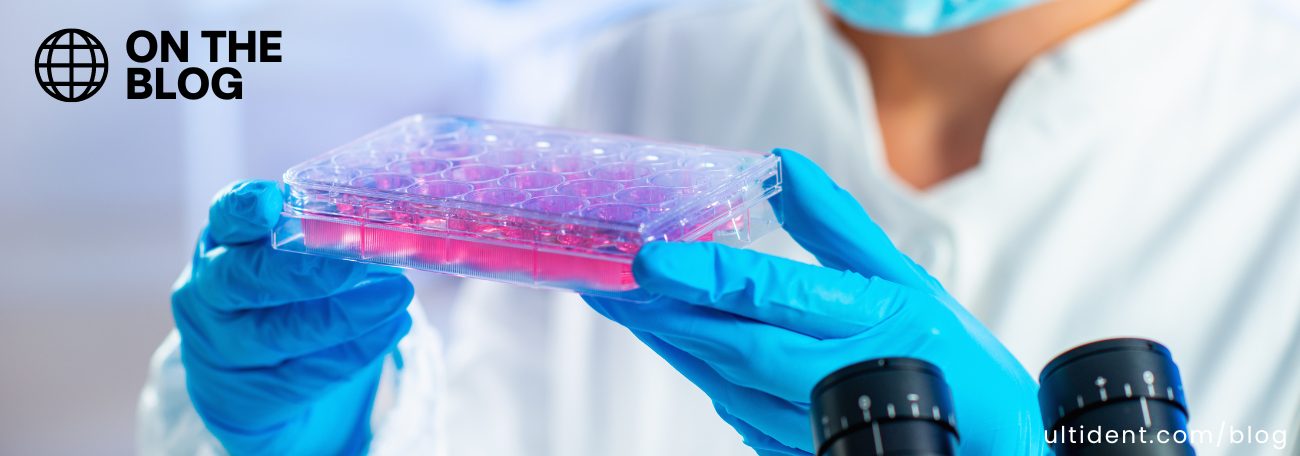

Exploring the Future of Cell Culture with 3D, Lab-on-a-Chip, and Organ-on-a-Chip Technologies
The field of cell culture has undergone remarkable advancements in recent years, revolutionizing the way scientists study and understand cellular behaviour. This article explores the key concepts and advancements in 3D cell culture, Lab-on-a-Chip, and Organ-on-a-Chip technologies.
What is 3D Cell Culture, and why is it different from 2D?
Most cells are currently cultured in two-dimensional (2D) monolayer environments (such as a petri dish); while this method plays a vital role in research, cells grown in a 2D environment can only grow and interact with neighbouring cells on the same plane. By using 3D environments such as spheroids or 3D cell colonies, cells can grow in every direction, more accurately simulating in vivo tissue and organ structures.
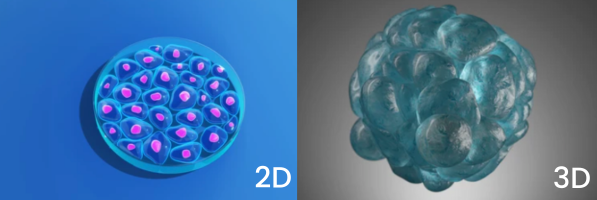

In 3D environments, cells also experience different access levels to oxygen, nutrients, metabolites, and signalling molecules, creating distinct environmental niches and microenvironments that mimic their natural environments more closely. Since these tissue structures are more physiologically relevant, they improve the mimicry of disease processes and enhance drug response prediction. For instance, cancer researchers discovered that growing cells in 3D increased their resistance to chemotherapy compared to the same cells grown in 2D. For this reason, many cancer researchers are adopting 3D Cell Culture techniques to study metastatic cells and treatment responses.
How long have scientists been using 3D Cell culture, and why is it gaining popularity now?
While 3D cell culture technology has been around for nearly a century, its use has grown dramatically over the past ten years thanks to advancements in hydrogels, biomaterials, microfluidics, lab-on-a-chip systems, bioprinting, imaging, scaffold-free techniques, and genome editing tools like CRISPR.
Are there any disadvantages of 3D cell culture compared to 2D?
While 3D cell culture has several advantages over traditional 2D cell culture, there are also some potential disadvantages:
- Slower culture formation
- More complex and technically demanding
- Higher cost
- Higher variability
- Challenging high-throughput analysis
- Limited compatibility with imaging techniques
What is Lab-on-a-chip technology?
Lab-on-a-Chip technology integrates multiple laboratory functions and analytical processes onto a single small-scale device. Microfluidic channels, chambers, valves, pumps, and sensors are fabricated on a chip using microfabrication techniques. Researchers can create microenvironments that closely resemble in vivo cell growth and study conditions by precisely controlling fluid flow in these microfluidic structures.
Some low-cost, commercially available examples of Lab-on-a-chip systems include sample-to-answer testing like glucose monitoring, pregnancy testing and, more recently, SARS-CoV-2 detection in community settings.
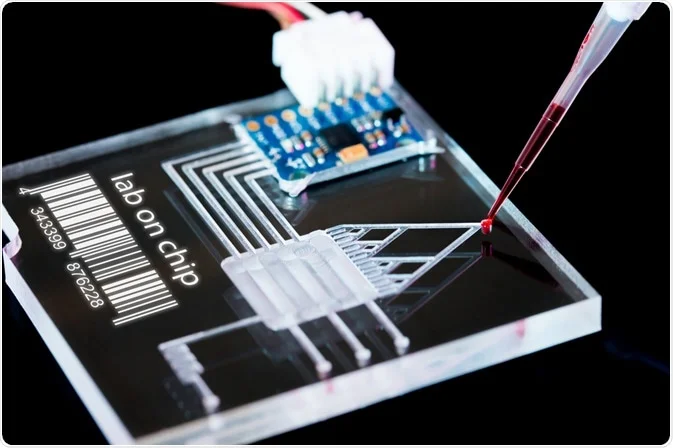

What are the capabilities of Lab-on-a-chip technology?
Lab-on-a-Chip systems allow for the automation of processes such as cell seeding, culture medium perfusion, cell stimulation, and real-time monitoring of cellular responses. It also enables real-time visualization and analysis of cell behaviour and responses.
What are the advantages and disadvantages of Lab-on-a-Chip technology?
Advantages:
- Reduced sample and reagent consumption
- Faster analysis
- Improved point-of-care for remote locations with limited facilities
- Ability to perform high throughput experiments
- Instant screening for chronic diseases
Disadvantages:
- Surface roughness effects, capillary forces affecting fluid flow, and chemical interactions between materials can be significant at the microscale level.
- Another concern is the challenges in designing and fabricating functional, cost-effective systems for industrialization and commercial use
What is Organ-on-a-chip technology? How is it different from Lab-on-a-chip technology?
Organ-on-a-Chip technology is a specialized application of Lab-on-a-Chip technology that aims to create microfluidic platforms to mimic human organs' structure, function, and physiological behaviour. While Lab-on-a-Chip technology integrates multiple laboratory functions onto a chip, Organ-on-a-Chip technology specifically aims to replicate organ-level responses, cellular interactions, disease mechanisms and microenvironments of the target organ.
Can 3D cell culture, Lab-on-a-Chip, and Organ-on-a-Chip technologies be combined, and what are some promising applications for these technologies?
Though 3D cell culture, Lab-on-a-Chip, and Organ-on-a-Chip technologies can make significant contributions in their respective areas, their combination creates a synergistic effect, leading to more advanced and sophisticated platforms for biomedical research. Their integration holds exciting possibilities across several domains:
- Disease Modeling: These technologies allow researchers to simulate highly realistic disease models, enabling the study of cellular responses and gaining valuable insights into disease mechanisms and progressions.
- Drug Discovery and Screening: 3D cell culture provides better predictive models for drug testing, Lab-on-a-Chip systems allow for high-throughput screening, and Organ-on-a-Chip platforms mimic organ-level responses. Together, they enhance the assessment of drug efficacy.
- Personalized Medicine: Integrating 3D cell culture and Organ-on-a-Chip technologies with patient-specific cells allows for personalized medicine approaches, improving treatment outcomes and tailored therapies.
- Toxicity Testing: Researchers can assess the safety and toxicity of drugs or environmental agents on organ models that closely resemble human physiology, reducing reliance on animal testing and enhancing the prediction of adverse effects.
- Biomarker Discovery: By analyzing cellular behaviour, gene expression, and protein markers within microfluidic systems, researchers can identify biomarkers for disease diagnosis, prognosis, and personalized treatment selection.
Conclusion
Cell culture's future is transforming with the emergence of 3D, Lab-on-a-Chip, and Organ-on-a-Chip technologies. By integrating these innovative technologies, scientists can overcome the limitations of traditional approaches and revolutionize our understanding of human biology.
References:
[1] "3D Cell Culture: Development, Challenges, and Future Trends." https://insights.omnia-health.com/laboratory/3d-cell-culture-development-challenges-and-future-trends.
[2] "5 Reasons Cancer Researchers Adopt 3D Cell Culture: A Review of Recent Literature" www.sigmaaldrich.com/CA/en/technical-documents/technical-article/cell-culture-and-cell-culture-analysis/3d-cell-culture/5-reasons-cancer-researchers-adopt-3d-cell-culture-white-paper.
[3] "Challenges in Lab-on-a-Chip Technology." www.frontiersin.org/articles/10.3389/frlct.2022.979398/full.
[4] "Future of Medicine: Lab-on-a-Chip Devices Starting to Make an Impact." www.nhlbi.nih.gov/news/2021/future-medicine-lab-chip-devices-starting-make-impact.
[5] "Is It Time to Start Transitioning from 2D to 3D Cell Culture?" www.frontiersin.org/articles/10.3389/fmolb.2020.00033/full.
[6] "Organ-on-a-Chip: A Survey of Technical Results and Problems." www.frontiersin.org/articles/10.3389/fbioe.2022.840674/full
[7] "Three-Dimensional Cell Cultures in Drug Discovery and Development." www.ncbi.nlm.nih.gov/pmc/articles/PMC5448717/.
[8] "Three-Dimensional in Vitro Cell Culture Models for Efficient Drug Discovery: Progress so Far and Future Prospects" www.ncbi.nlm.nih.gov/pmc/articles/PMC9412659/.
[9] "What Is Lab-on-a-Chip?" www.azolifesciences.com/article/What-is-Lab-on-a-Chip.aspx
[10] "What Is Lab-on-a-Chip Technology" www.bioanalysis-zone.com/lab-chip-technology_loc/.
[11] "What Is the Difference between 2D versus 3D Cell Culture?" www.upmbiomedicals.com/resource-center/learning-center/what-is-3d-cell-culture/2d-versus-3d-cell-culture.

